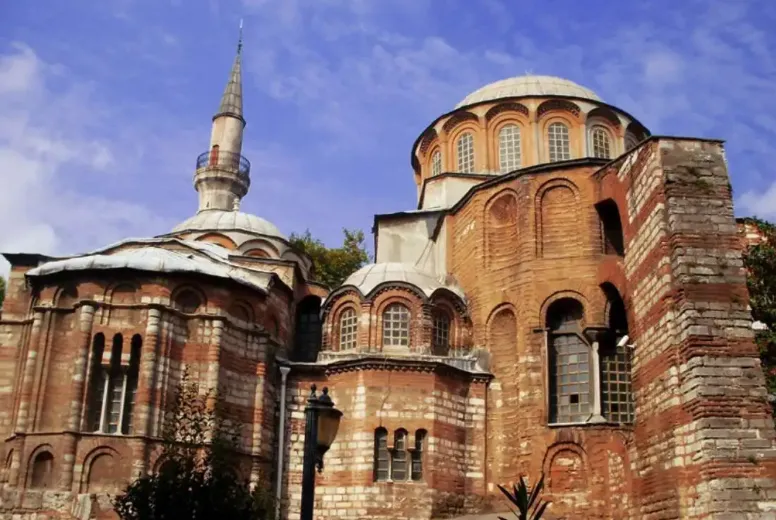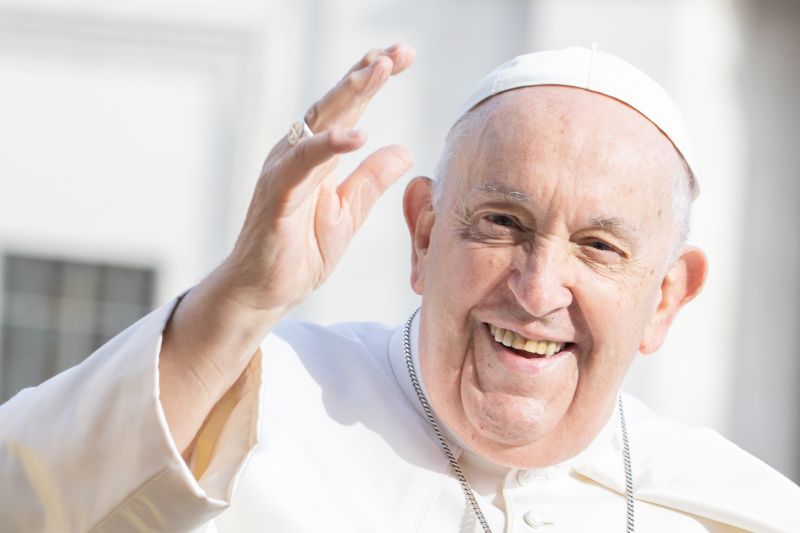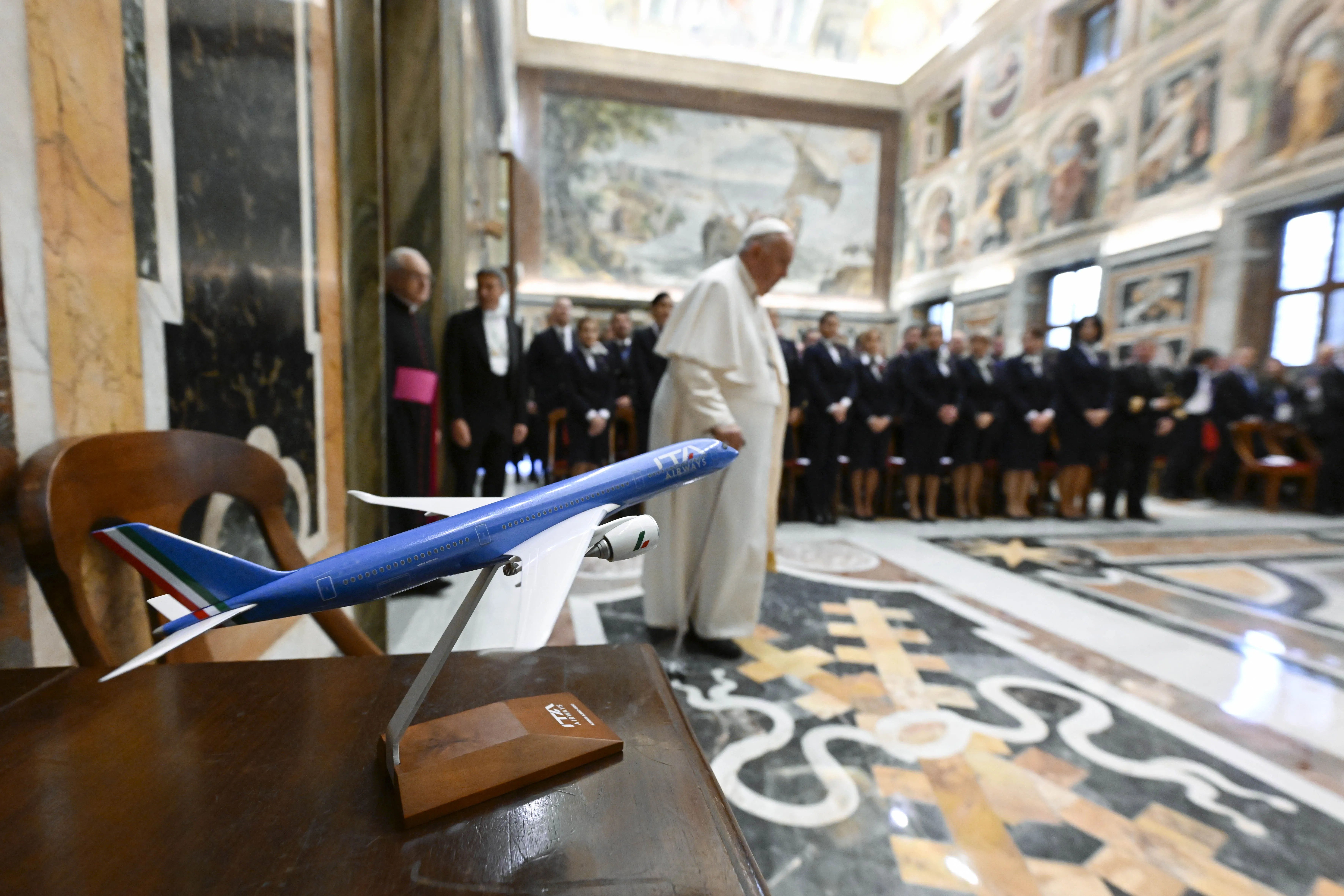
ACI MENA, Feb 13, 2024 / 11:00 am (CNA).
After serving as a museum for more than 79 years, the Turkish government is proceeding with plans to make the Church of the Holy Savior in Istanbul a mosque.
Mirroring the 2020 reversion of the Hagia Sophia, prayers and Islamic rites will be performed once again in the ancient church, according to Fides, the information service of the Pontifical Mission Societies.
The Church of the Holy Savior, also known as Chora Church, is recognized as one of the most important Byzantine gems in the world and is adorned with many unique icons and frescoes.
Turkish media, particularly the Islamist daily Yeni Şafak, initially reported the mosque would reopen for Islamic prayers on Feb. 23, 2023. However, the Turkish Directorate General of Institutions within the government’s Ministry of Culture and Tourism denied the report, affirming that the opening date remains unannounced.
The museum-to-mosque conversion project began in 2020, with plans to implement it by October of that year. Restoration work delayed the project. According to Turkish media, this long-running initiative, dubbed the “Kariye Mosque,” has finally come to fruition.

Sitting in the northeast of Istanbul’s historic center near Adrianople Byzantine Gate, the Church of the Holy Savior was built in the 12th century and restored in the early 14th century. After the conquest of Constantinople, the Ottomans kept the building as is until its conversion to a mosque in 1511. At that time, the magnificent frescoes and icons were completely plastered over.
At the end of World War II, archeologists and historians uncovered the long-hidden masterpieces on the walls. In 1945, the building became a museum and religious practices inside were banned.
However, in August 2020, Turkish President Recep Tayyip Erdoğan reversed the 1958 decision that established the museum, paving the way for its return to an Islamic place of worship.
This story was first published by ACI Mena, CNA’s Arabic-language news partner. It has been translated and adapted by CNA.
If you value the news and views Catholic World Report provides, please consider donating to support our efforts. Your contribution will help us continue to make CWR available to all readers worldwide for free, without a subscription. Thank you for your generosity!
Click here for more information on donating to CWR. Click here to sign up for our newsletter.








The mosaics in this church are among the most important surviving pieces of Byzantine art–cited in innumerable reference books. Just as in “taking back” Hagia Sophia, the current regime in Turkey is hell-bent on extinguishing the nation’s Christian past, for political advantage. Don’t expect any foreign criticism of this cultural vandalism.
Another wonder from the “religion of peace”
Turkey has been moving towards Islamic fundamentalism for many years now. Sad. Since the rise of Islam means destruction of any non-muslim art, expect these priceless works of art to be destroyed. Intelligent Christians in both the US and Europe should avoid travel and vacations to Turkey. Travel there helps support this religious intolerance with tourism dollars. Say ‘No” to Turkey.
In 1453 the Ottomans covered the mosaics in Hagia Sophia church with whitewash except for the prominent angel mosaics in order to turn it into a mosque. The whitewashed mosaics were uncovered when it became a museum in the 1920s under the Republic. Since Hagia Sophia was recently changed from a museum to a mosque, what has happened to the angels and other mosaics? That may tell us what will happen to the beautiful Chora church.
Islam is always and everywhere martial and imperial.